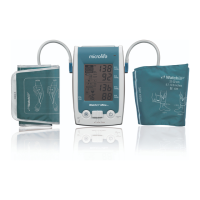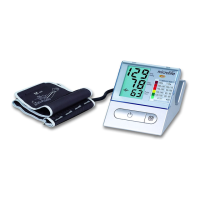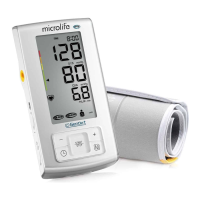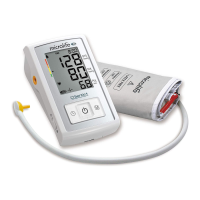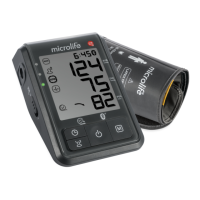Stroke due to atrial brillation
7
Early detection of
atrial brillation
can reduce the risk
of stroke by 68%
Atrial brillation (AFIB)
AFIB is the most common sustained cardiac arrhythmia occurring in 5% of the
population of 65 years and above and in 14% among those older than 85 years. AFIB
leads to a 5-fold higher risk of stroke and is responsible for 20% of all strokes. Many
people have no symptoms from AFIB and therefore remain undiagnosed, whereas
early treatment can reduce the risk of stroke by 68%.
Atrial Fibrillation Detection
Damaged
part of the
brain
The thrombus
blocks the
small vessels
of the brain
Atrial brillation
in the left atrium
Thrombus (clot)
Heart
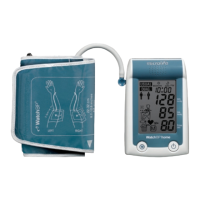
